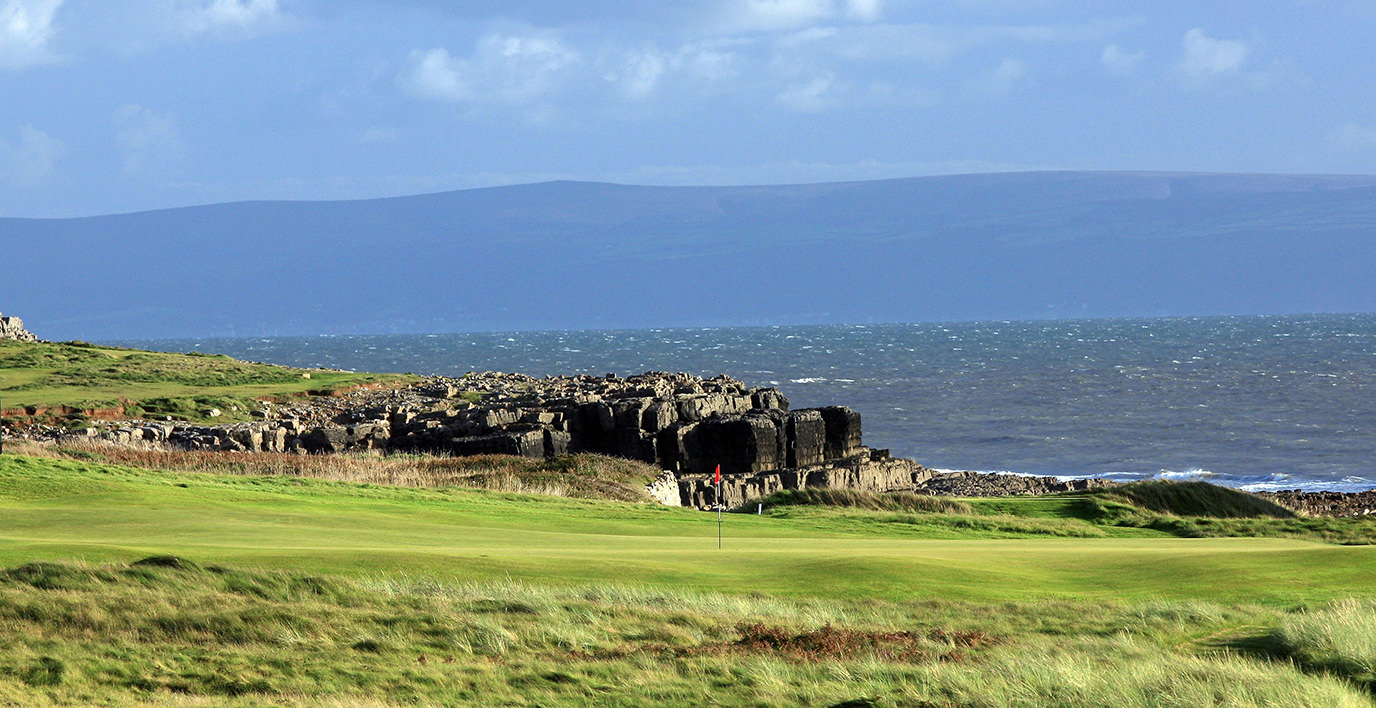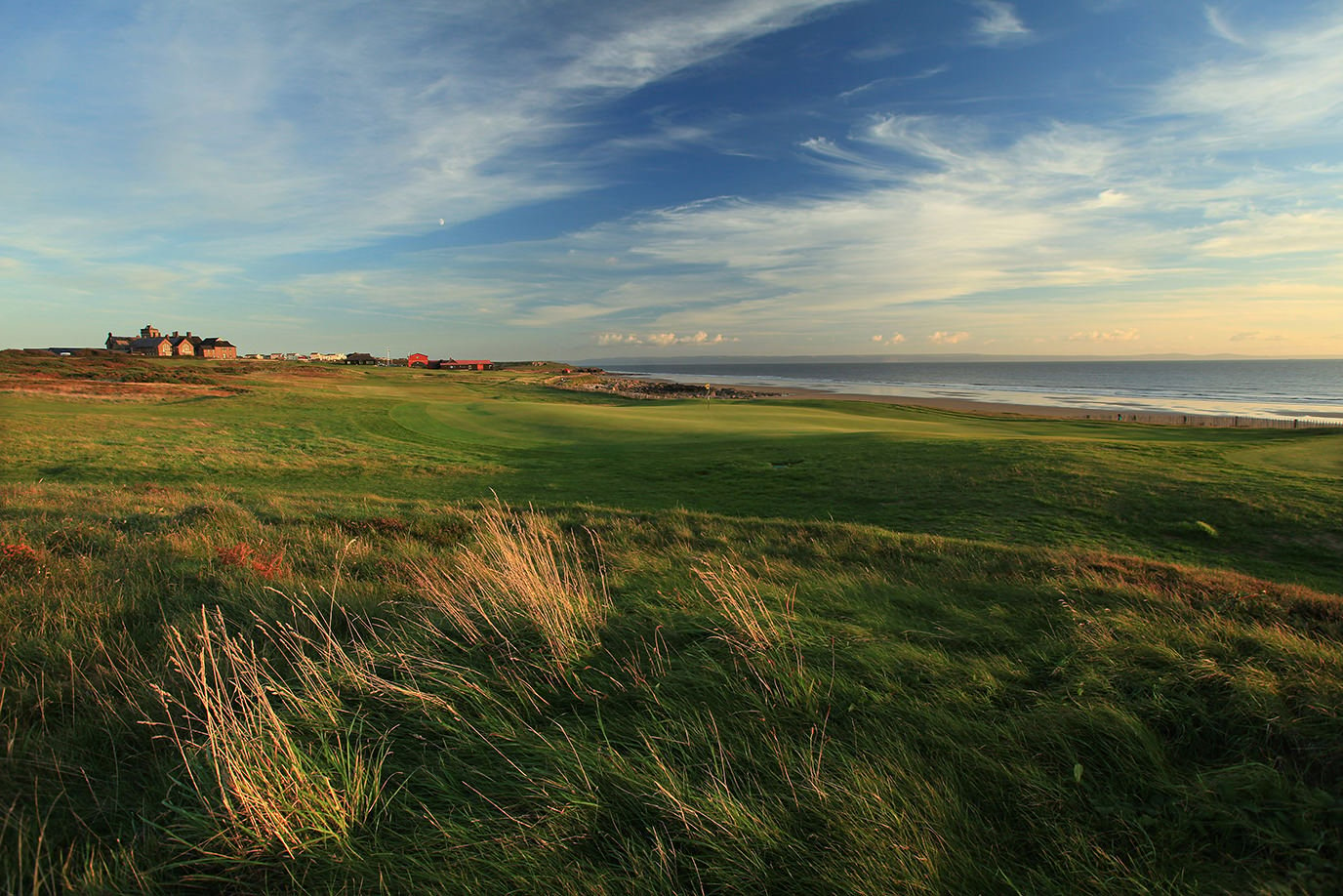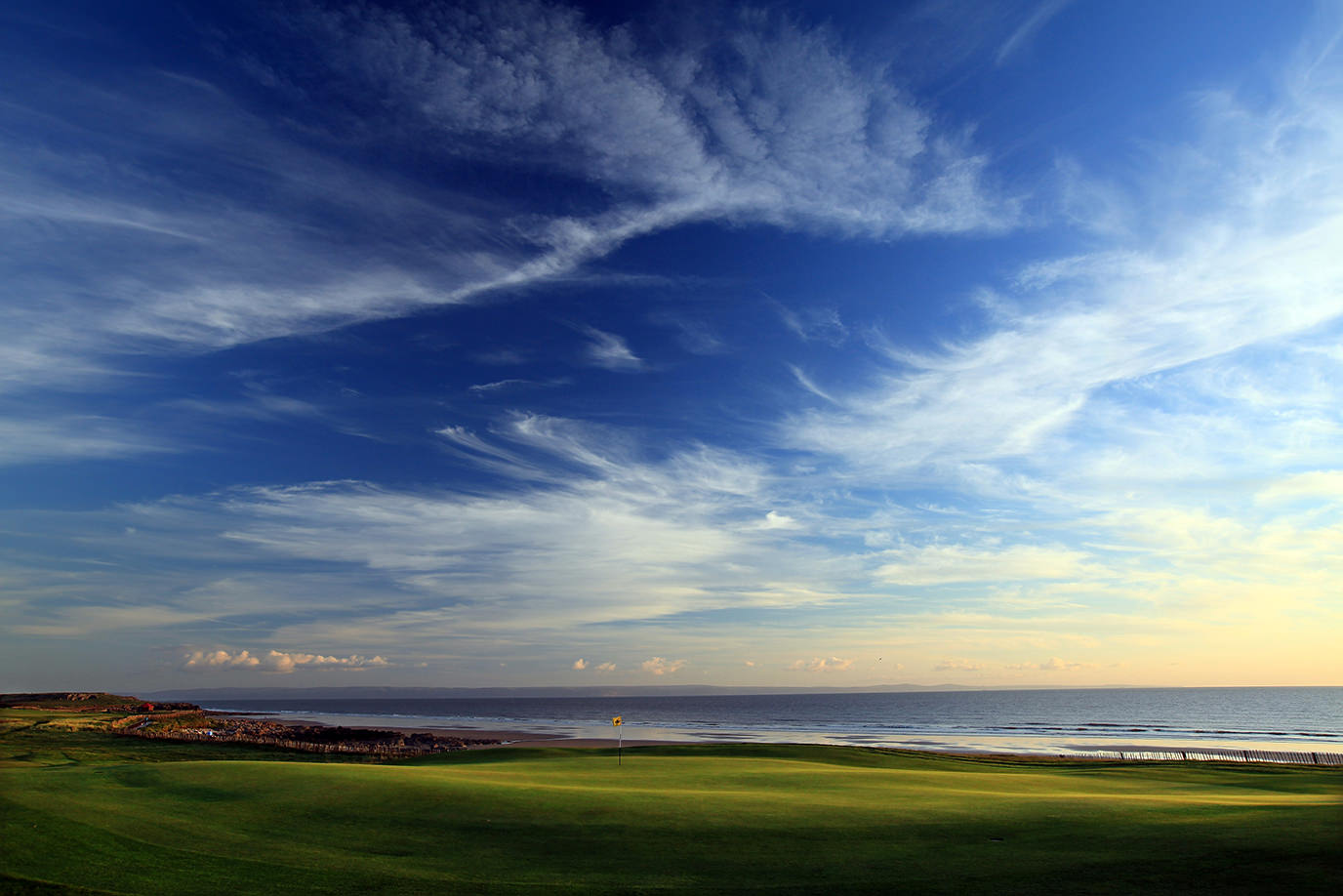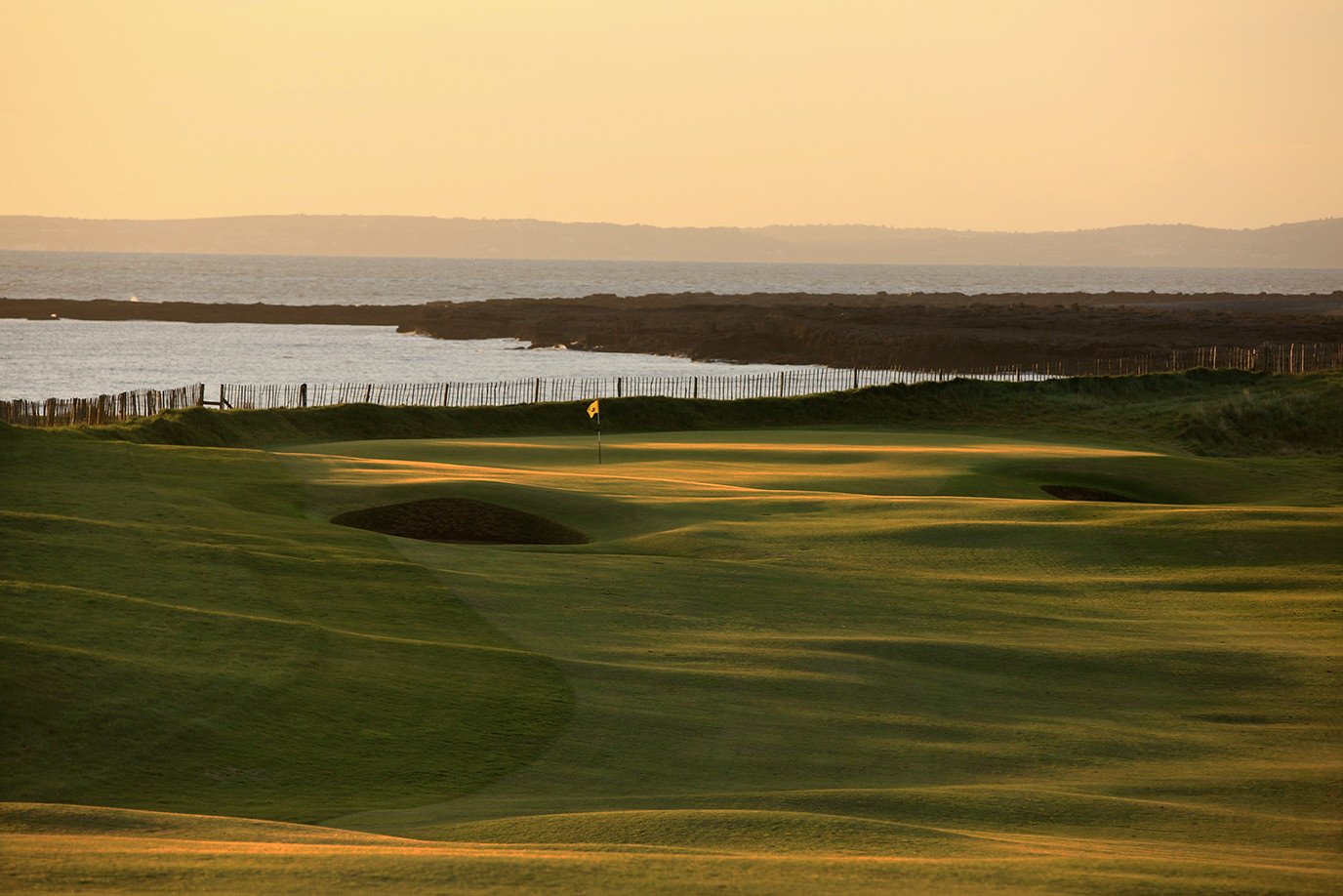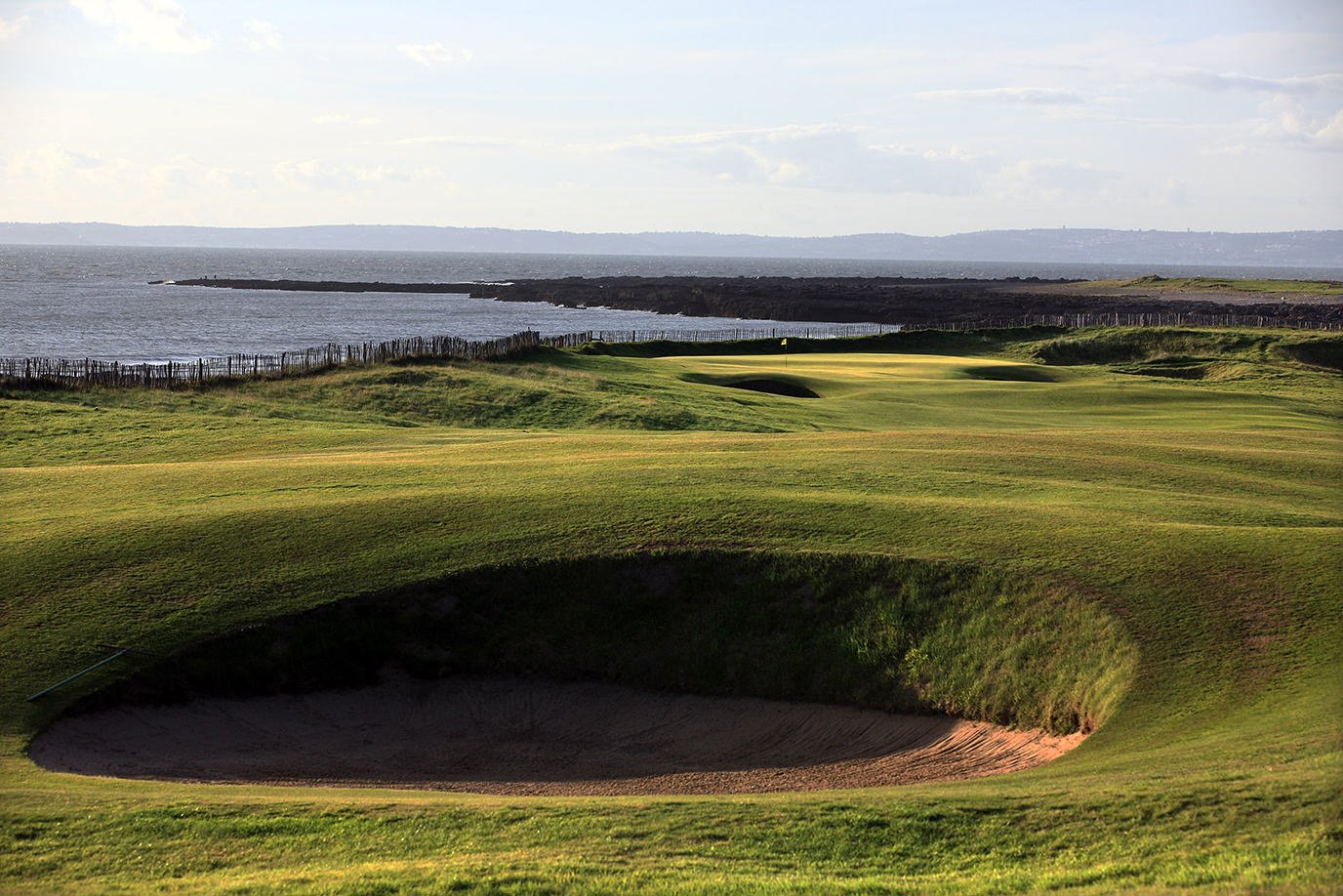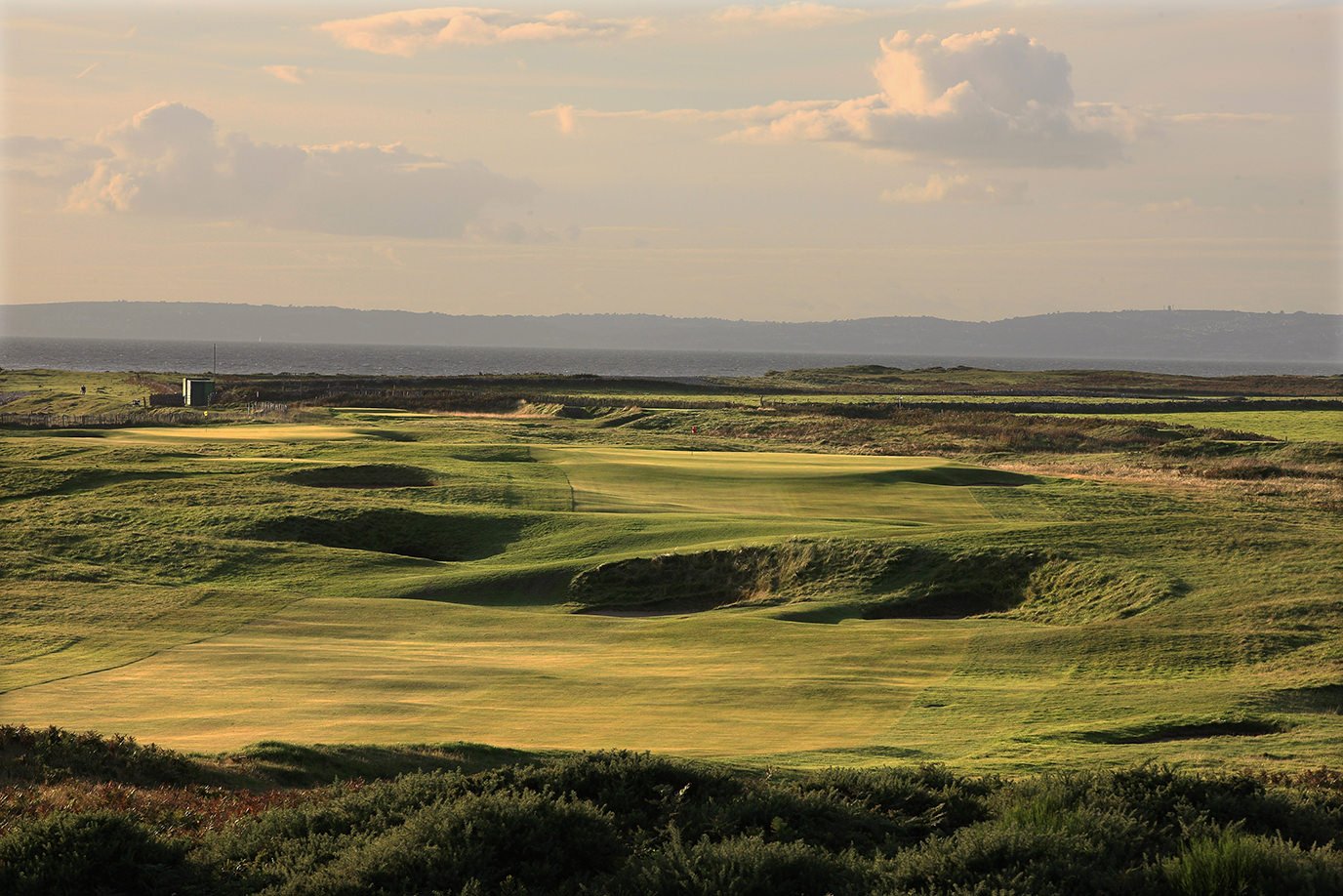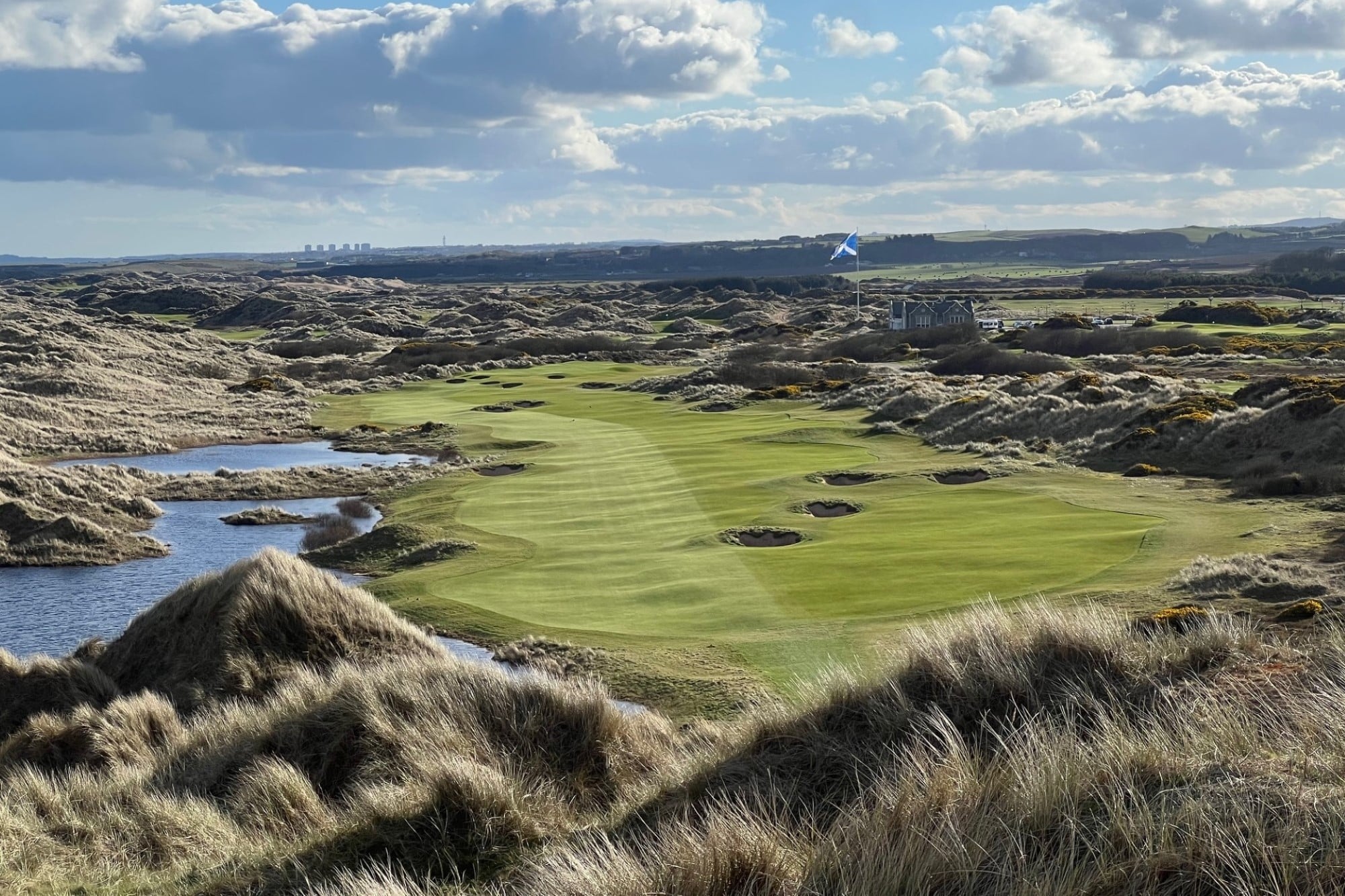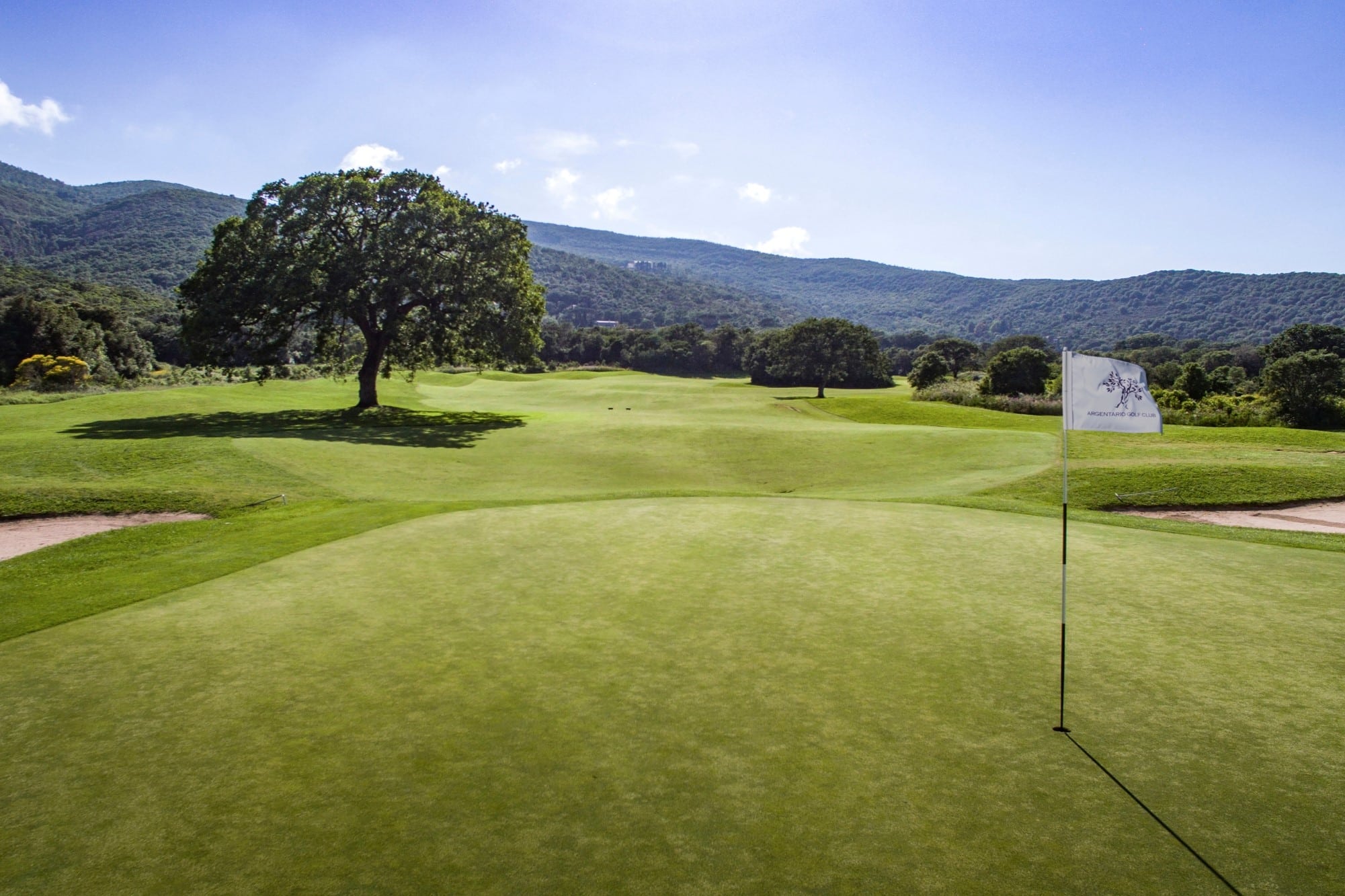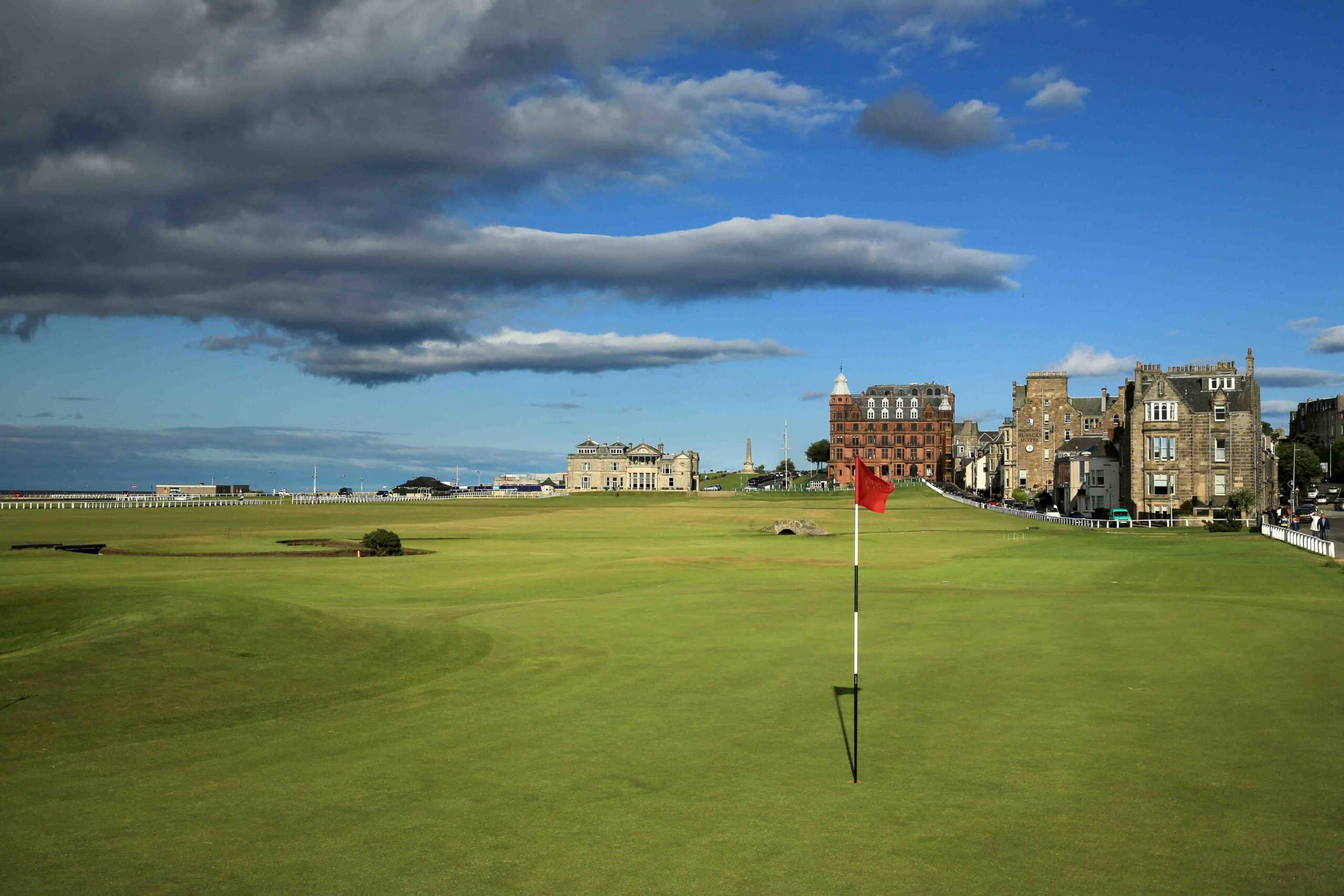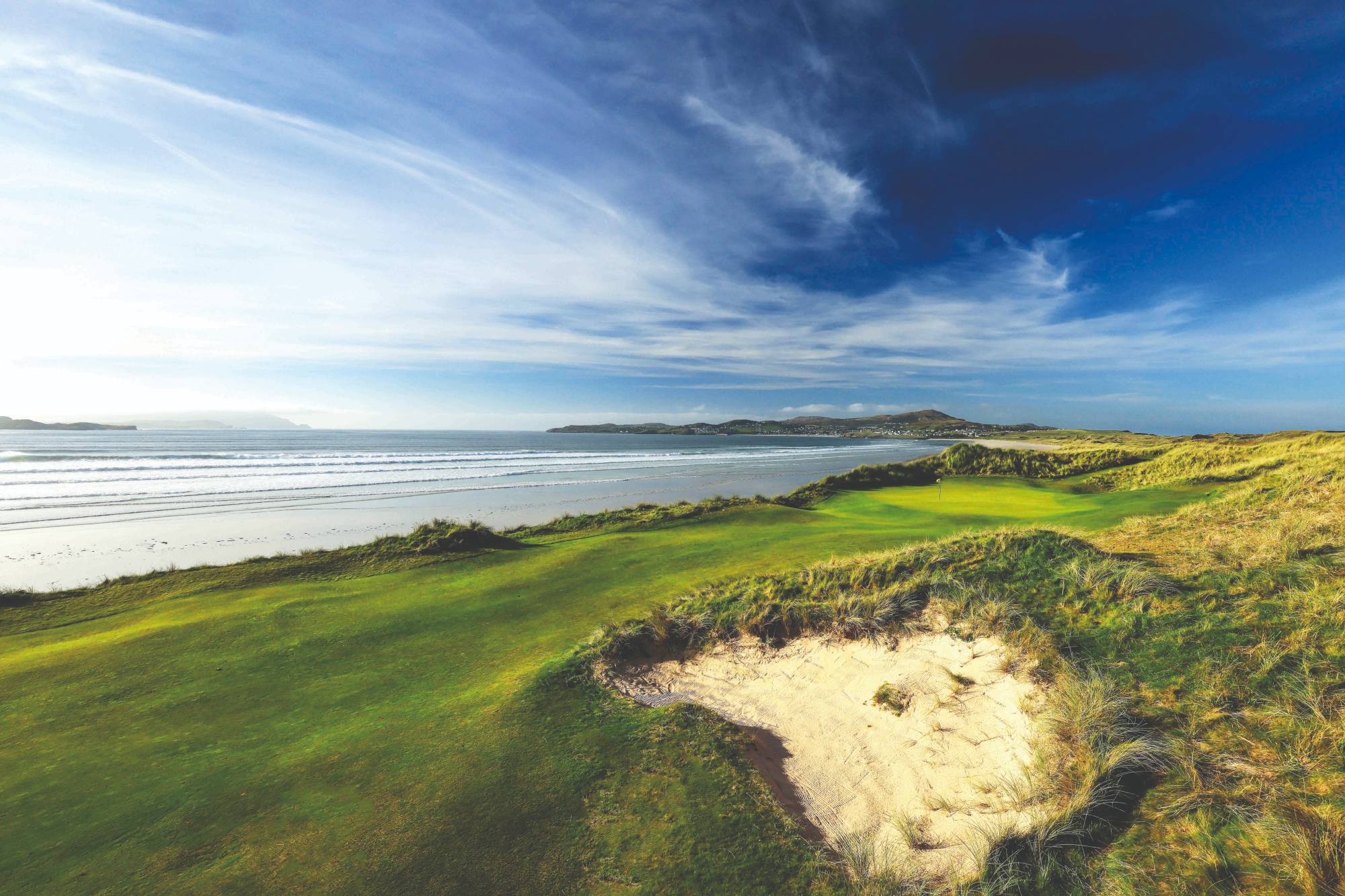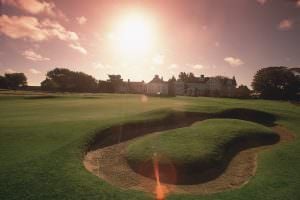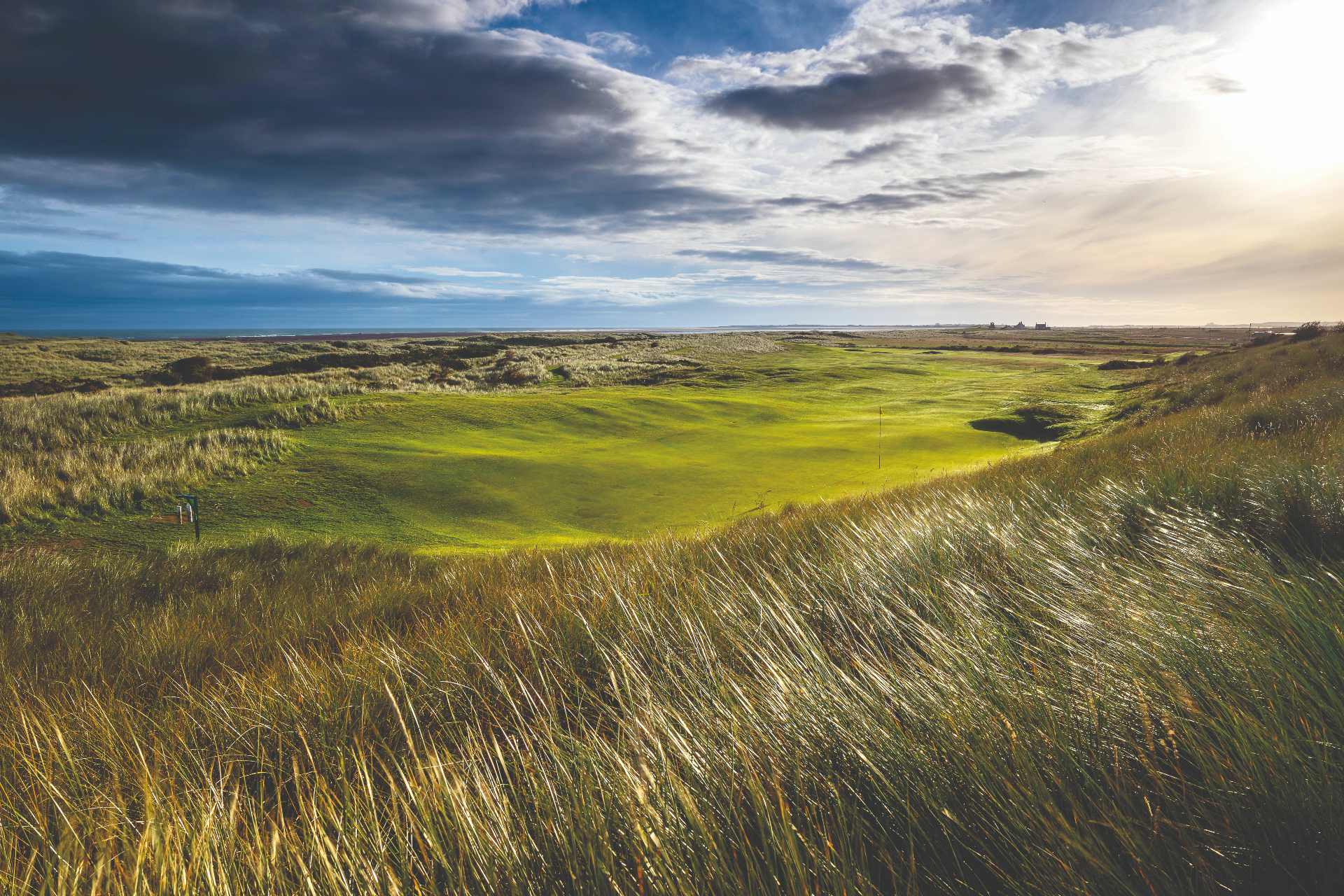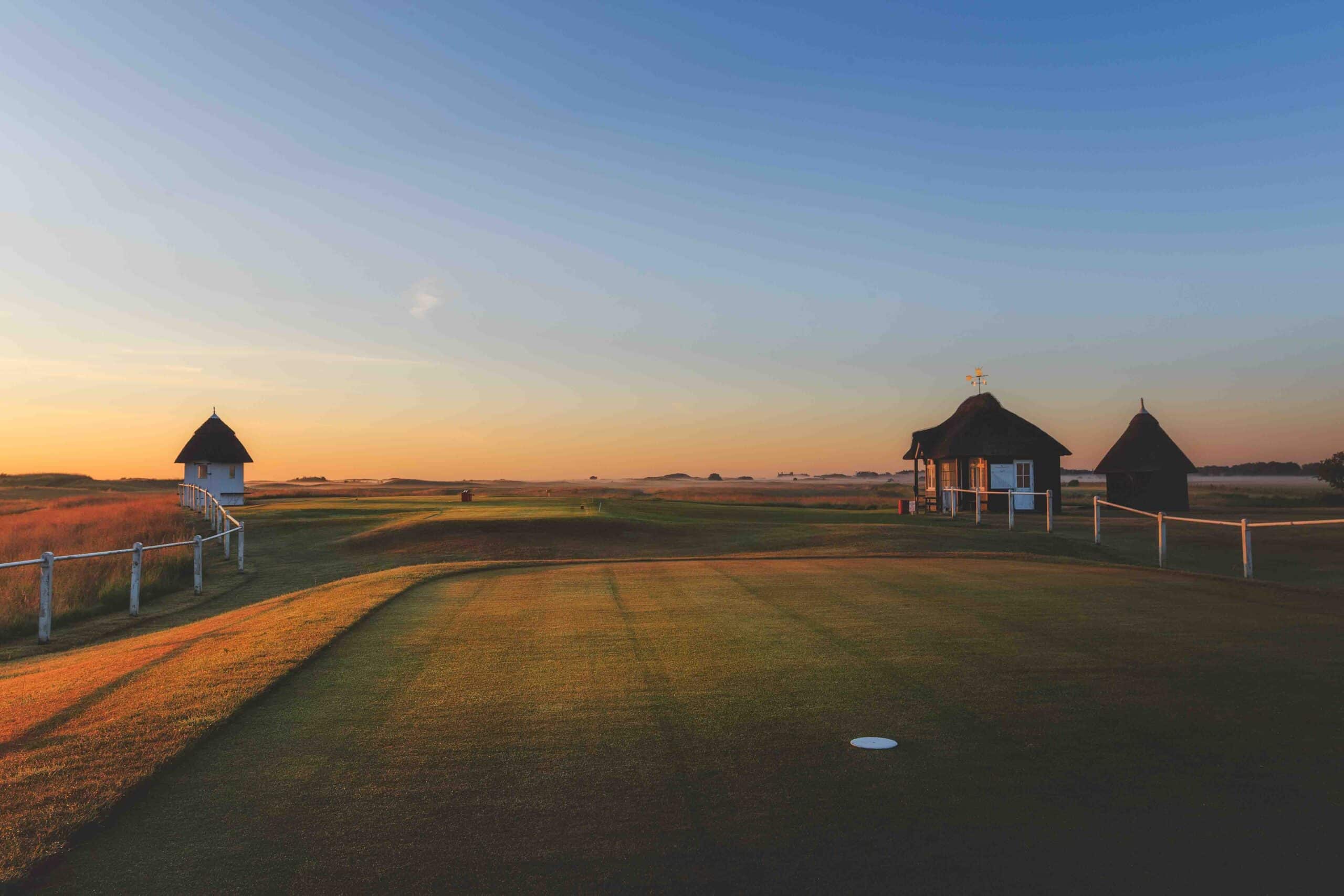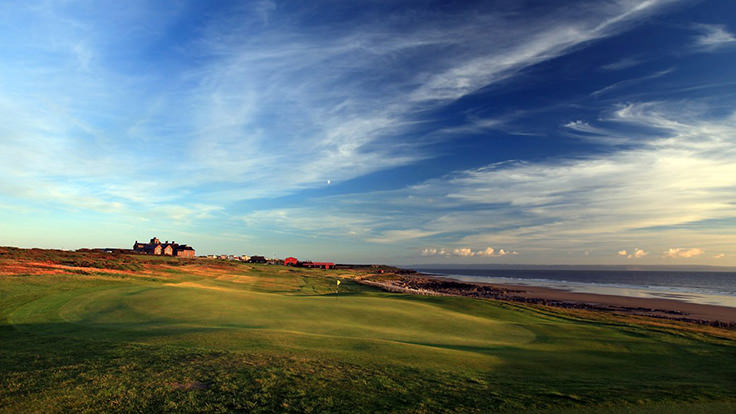
Course spotlight: Royal Porthcawl, Wales
It is almost unheard of for a course to be universally recognised as the finest in its country. Turnberry‘s Ailsa was our first Scottish No.1 in our 2018 ranking, but it could just as easily have been Muirfield or the Old Course.
Royal Birkdale sat atop our 2017 English Top 100, but Sandwich or Sunningdale Old would not have looked out of place there instead.
When we assess Irela nd later this year, it‘s a toss–up between Portrush and County Down, not to mention Waterville, Lahinch and Portmarnock.
The list of uncertainty goes on, and even in France and the Netherlands – where I would strongly contend that Morfontaine and Utrecht are clear winners – others would promote the claims of Les Bordes and Royal Hague respectively.
But in Wales, the No.1 is as clear as I think you will find in a country with extensive golf pedigree.
While Royal St David’s and Aberdovey both have significant claims, the large majority of golfers who have played all three will point to Royal Porthcawl as the finest course in the Principality.
You don’t solely need to rely on my judgement for an idea of how good Porthcawl is though.
“It is a gem. It can certainly measure up with any of the courses that host The Open and Senior Open,” says Bernhard Langer.
“I really fell in love with it immediately. From the first hole on, it was just ‘this is really a good hole, good hole, great hole, great hole, great green complex’,” says Tom Watson.
After those glowing testaments from legends of the game, you likely won‘t be all that interested in anything I have to say about it. But there is actually a lot more to add about Porthcawl.
Its history, for one, is studded with interesting takes. Such as being the first 18-hole course in Wales when it was laid out by Ramsay Hunter, who had gained his reputation at Royal St George‘s.
Before Hunter‘s course, a nine–holer existed after the club was formed in 1891 by coal and shipping merchants from Cardiff. That original site is now dissected by the driveway to the club.
Ramsay’s course was affected by world war efforts as well as by a series of revered architects that included Harry Colt, Fred Hawtree, JH Taylor, Tom Simpson and most recently Martin Ebert, who has rebuilt some greens.
Porthcawl received its regal prefix 18 years after being founded but it wasn‘t until the 1960s that it began to receive wider acclaim, helped by it becoming a fixture on the R&A championship rota.
In the 1965 Amateur Championship, Sir Michael Bonallack didn’t just fight back from seven down after eight holes to beat Clive Clark but he also won the jackpot on the fruit machine at lunchtime.
Links specialist Peter Thomson won the 1961 Dunlop Masters here and Sandy Lyle the inaugural Coral Welsh Classic of 1980.
Two years later, Gordon Brand Jnr edged out Greg Norman in a week of horrific mid-summer weather, the storm so extreme that lightning struck the TV aerial in the press tent and put an end to the writers’ viewing of a World Cup football match from Spain.
Its high point came in 1995 though, when an American side that included Tiger Woods lost 14-10 in the Walker Cup, with the teenager sensation humbled by short-hitting, middle-aged career amateur Gary Wolstenholme in the singles.
“It’ll be on my tombstone ‘The man who beat Tiger’, Wolstenholme told me several years ago as we discussed Porthcawl and his famous slaying of the kid who everyone knew was going to be a superstar.
Wolstenholme was all–square after 17 with Woods, and the 18th illustrates Porthcawl’s insistence on paying it respect. With his opponent on the edge of the green after a drive and 5-wood, Woods hooked a 7-iron (after a 1-iron off the tee) out of bounds to hand the Englishman the match.
He was not the first or last to be humbled by the closing hole here. It plays downhill towards the sea, bisecting the fairway of the opening hole after it has turned gently from right to left.
Playing short of the bunker on the right leaves around 170 yards in and while the slope is in your favour, the wind is likely to be off the sea and against you.
So you might have a long club in your hand as you fly over the bumps that precede a target that falls away from you. More entertainment is guarantee on a green with plenty of movement in it.
It is a fine end to a course that starts at a pace few in Britain and Ireland can match.
The stellar opening three holes – a friendly gentle opener followed by two robust two–shotters – hug the coastline as they head in a north–westerly direction. The 3rd green is actually the tip to the ‘triangle’ of land on which Porthcawl is laid out and your connection to the sea is firmly established after this opening trio.
It would be so easy for the pace to feel as if it has dropped markedly after this explosive start but with the lack of tall dunes meaning the sea is in view from every hole and the quality of holes remaining consistent, that is far from the case.
There may not be the towering dunes of the back nine at St David’s, but that is not to say the landscape is uninteresting. For the links connoisseur, the gently undulating terrain that was created by sand blowing off the beach might well appeal more than high-octane dunes.
The linksland is covered by marram, gorse, heather and, increasingly, sandy waste areas, which make for a pretty scene but also, in varying degrees of punishment, penalise waywardness.
Porthcawl certainly does not lack teeth. Now as many as 7,100 yards from the championship tees, it is easy to see why Langer and others have mooted it as an Open host.
The 6,580 that make up the card off the whites will be enough for all but single–figure players and the 6,300 off the yellows the way for most of us to ensure we enjoy our experience here.
It routinely plays firm and fast too, and in addition to the sea breeze, regular changes in direction – holes point in every direction on the compass, especially after the 7th – add to the challenge for brawn and brain.
The pot bunkers are as unforgiving as you would expect and indeed demand, while the greens are seriously slick and often acutely sloping. In fact another of Porthcawl’s tales suggests a famous lady of yesteryear is thought to have lost a ball while putting downhill and downwind on the 5th…
After the opening trio, highlights include the exquisite short hole at the 7th, which asks you to locate a slender green guarded by six bunkers.
The back nine is 200 yards longer as a result of the quartet of two–shotters all over 410 yards off even the whites and those stringent par 4s start at the dog–leg 13th, with a bunker-strewn approach.
The 15th travels over undulating terrain with bunkers set into the face of a ridge, 16th has notable cross–bunkers while the final par 5 at 17 may be only 504 yardsbut it is uphill and includes a blind drive.
Then to the aforementioned 18th and a final chance to take in views across Swansea Bay to the Gower Peninsula and the satisfaction of tackling what you can be confident is the finest course in the country.
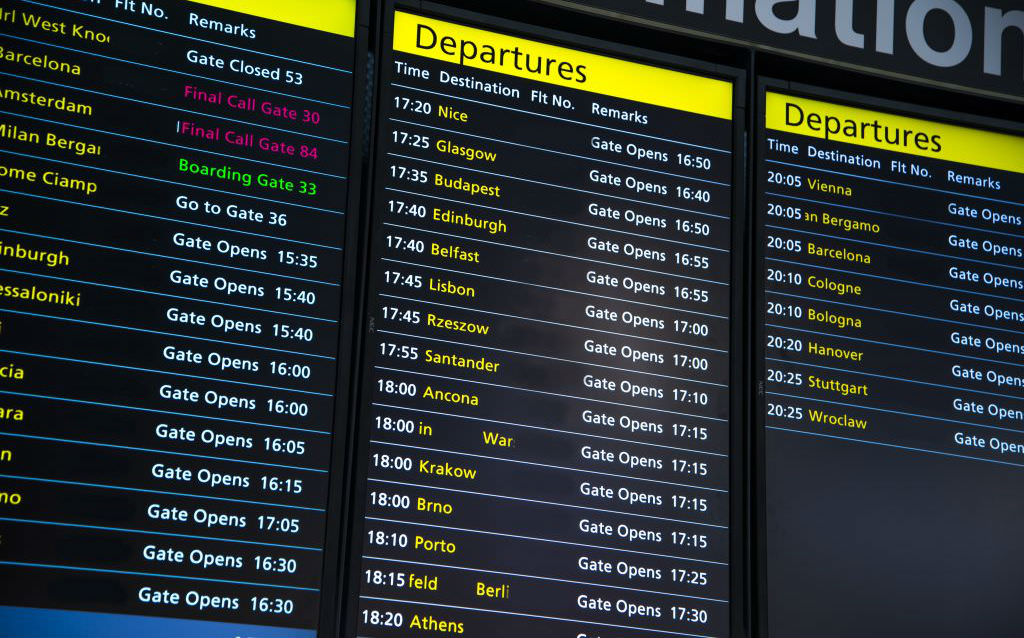
Perfecting the art of blagging: Planning a year of golf travel

Is this the UK’s only 11-hole golf course?
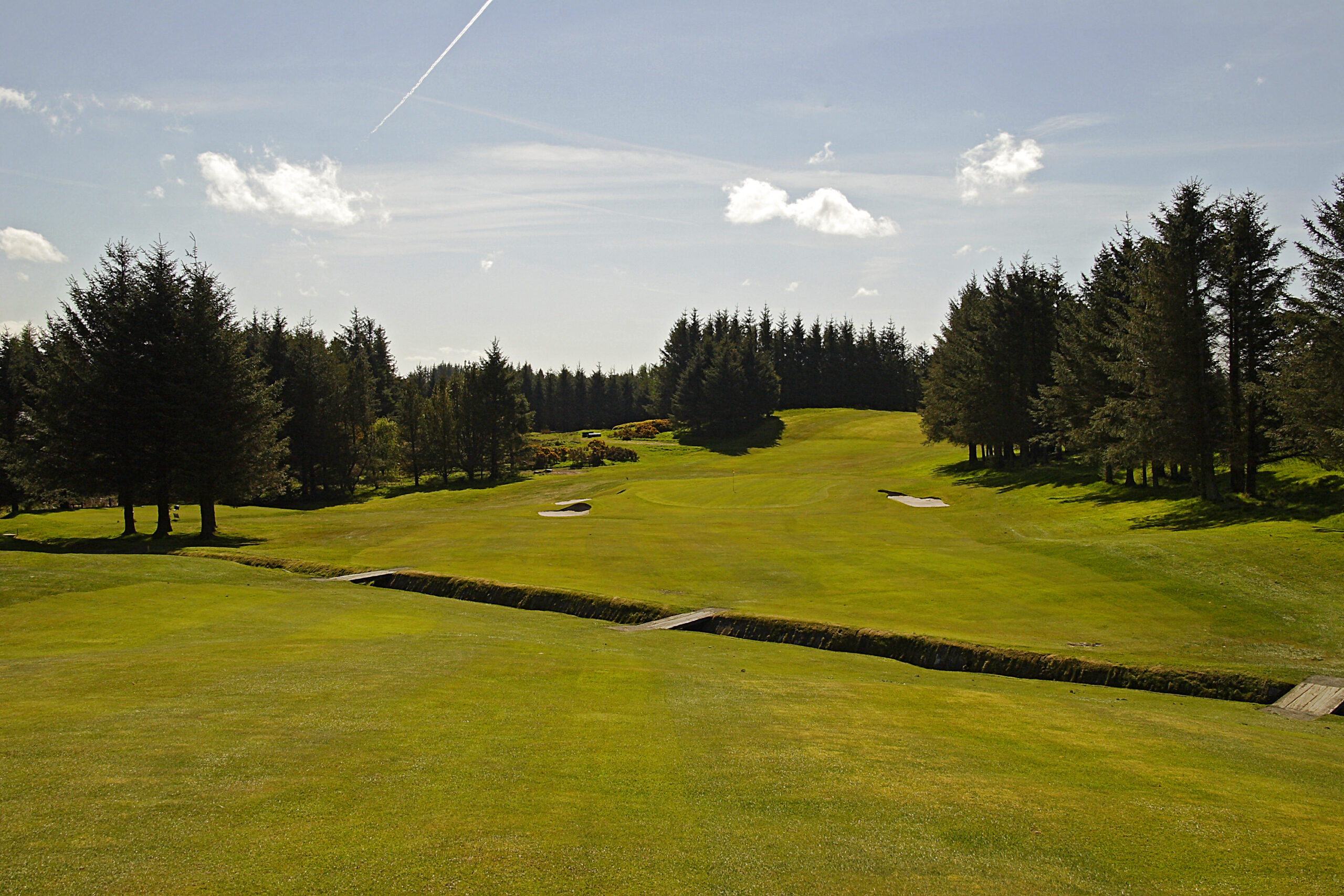
City break: Glasgow, Scotland
Chris Bertram
Chris Bertram is a specialist in all things golf courses.
He was born and brought up in Dumfriesshire and has been a sports journalist since 1996, initially as a junior writer with National Club Golfer magazine.
Chris then spent four years writing about football and rugby union for the Press Association but returned to be Editor and then Publisher of NCG.
He has been freelance since 2010 and spends the majority of his time playing golf and writing about the world’s finest golf courses.

